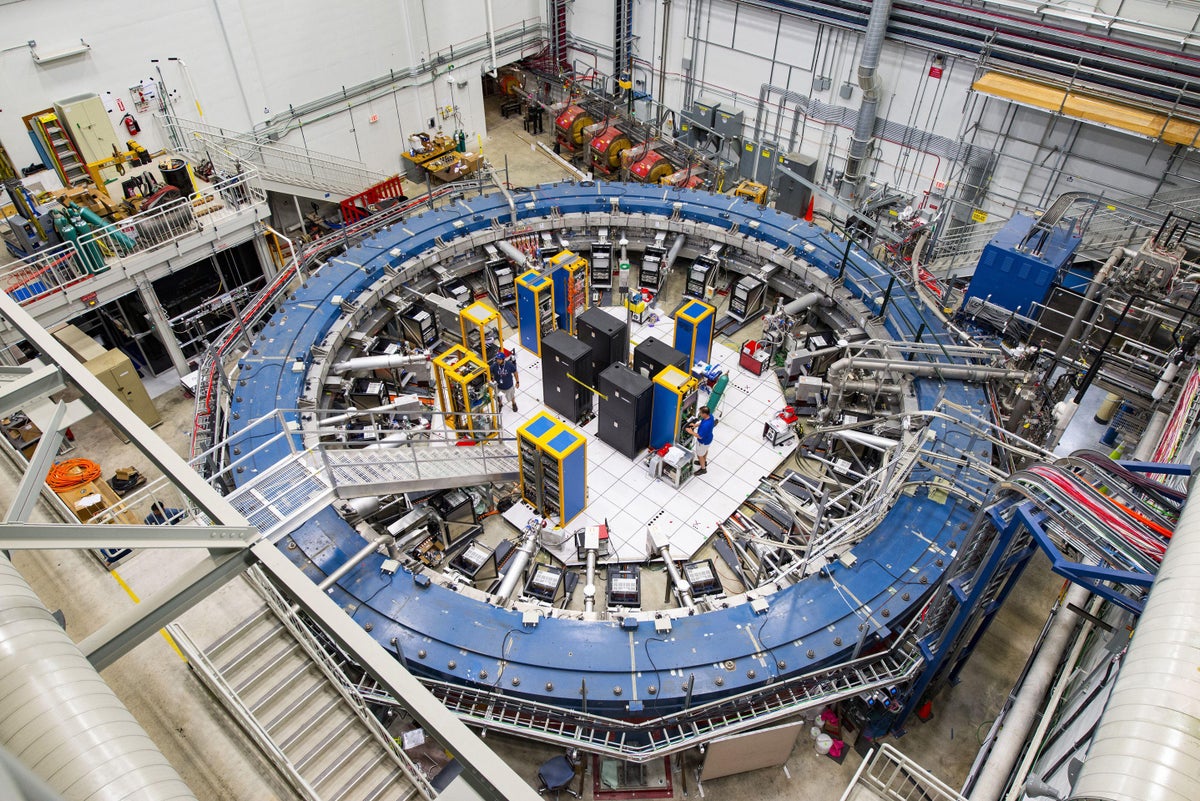#standard-model
#standard-model
[ follow ]
fromBig Think
3 months agoThe argument against the existence of a Theory of Everything
When most of us think about science, we don't often think about something very fundamental to the enterprise: what the goal of it all actually is. Reality is a complicated place, and the only tools we have to guide us in understanding what it is and how it works is the combination of what we can observe, measure, and experiment on.
Science
fromNature
3 months agoUnifiying gravity and quantum theory requires better understanding of time
Quantum mechanics is our most successful physical theory. Created to account for atomic phenomena, it has a vast range of applications extending well beyond the atomic realm, from predicting the abundances of the light elements created a few minutes after the Big Bang to understanding the properties of semiconductor materials that are the basis of advanced information technologies. Quantum mechanics is also successful in its exquisitely accurate
Science
fromBig Think
3 months agoNo, theoretical physics isn't broken; it's just very hard
After all, the 20th century was a century of theoretical triumphs: we were able, on both subatomic and cosmic scales, to at last make sense of the Universe that surrounded and comprised us. We figured out what the fundamental forces and interactions governing physics were, what the fundamental constituents of matter were, how they assembled to form the world we observe and inhabit, and how to predict what the results of any experiment performed with those quanta would be.
Science
fromHackernoon
1 year agoUnveiling Fundamental Physics: Muon Collider's Role in EWSB, DM & Naturalness | HackerNoon
The discovery of the Higgs completed the particle content of the Standard Model but has deepened the puzzles regarding the Higgs field's role, prompting a need for further measurements.
Science
[ Load more ]


